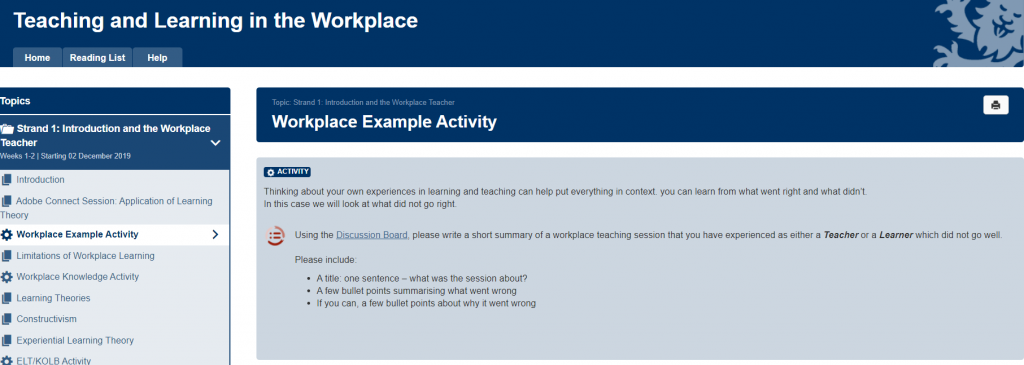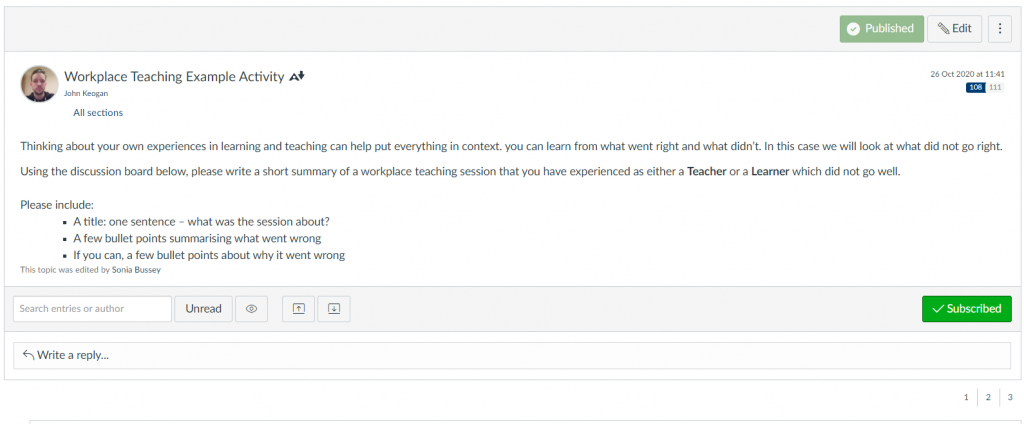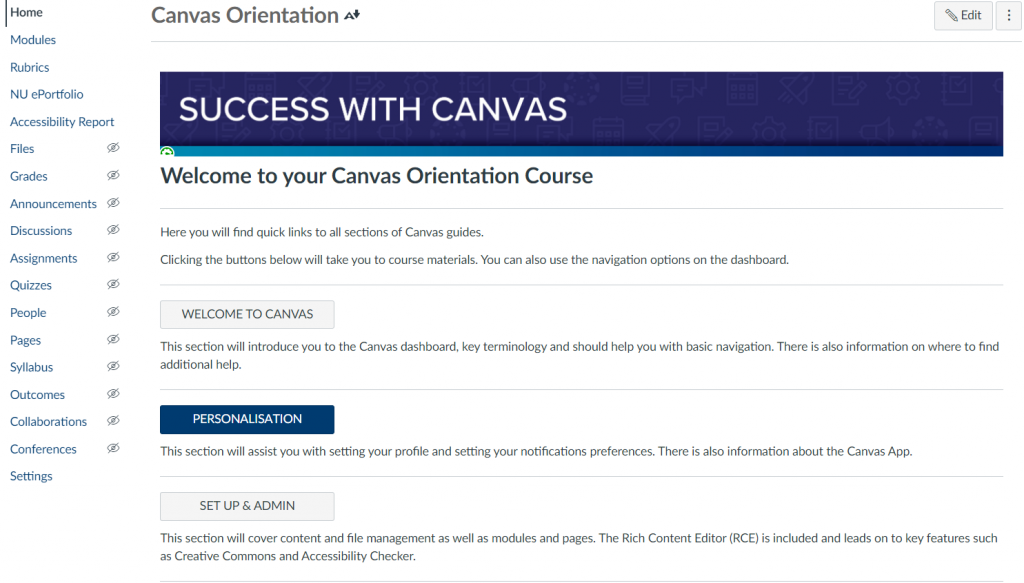In the summer of 2020 Newcastle University switched from Blackboard to Canvas. In truth, some online modules had been hosted on Canvas months before the official launch, but from August 1st 2020 Canvas was the exclusive Virtual Learning Environment (VLE). The content that had previously been in Blackboard was transferred over to Canvas, creating three years’ worth of archives. For the majority of courses this was fine, as Blackboard was only ever a repository for course materials. For the e-learning courses offered in the FMS Graduate School and the School of Medical Education, there was an additional challenge.
In addition to Blackboard, e-learning courses also used Ngage, a bespoke VLE used widely throughout FMS. Quizzes, assignments and discussion boards could all be found on Blackboard, but Ngage was home to the actual content, typically released weekly to students. Where Blackboard content could be migrated en masse, anything on Ngage had to be migrated over manually. Page by page, course by course, for all three semesters.

Once the content was copied over, we had to adapt it to fit the new platform. Discussion boards and assignments were like for like, but certain Blackboard features such as blogs and eJournals had no direct equivalent on Canvas. This required creative problem solving to adapt Canvas to our specific needs, and with help from the Canvas Community we were able to find solutions. For example to create an eJournal, a staple of many of our modules, we had to assign every student to their own private group, and then set up a regular discussion board as a ‘group discussion’ and selecting the pre-prepared eJournal groups, thereby creating a private area for students to make notes on the different topics and have the module leader’s check over them.

A lot of visual features and formatting were also lost during the copying and pasting process, meaning pages previously adorned with images and embedded materials had to be reworked. We utilised the web design skills of the FMS TEL Team and with a bit of creativity were able to create interactive features such as click and reveal, and visual aspects, such as shadowboxes, to help emphasise particular pieces of text.
As well as the migration of content, a huge effort was made to train University staff in the run up to the 2020/21 academic year. Training sessions that had originally been scheduled in-person were instead delivered via Zoom, covering areas such as Canvas essentials, assignments and quizzes. To supplement the training, a Canvas orientation module was created to help ease staff into the transition. Additionally, every member of University staff was assigned their own sandbox course allowing them to experiment with the new platform and test out features that could be replicated in real courses.

Now that we are exclusively using Canvas, the feedback has been overwhelmingly positive. Despite some initial challenges with the practicalities of using a new VLE – and some trial and error – new Canvas features such as Zoom integration, built in calendars and Speedgrader have enhanced the user experience.

